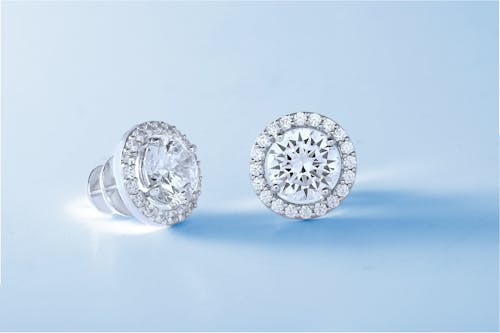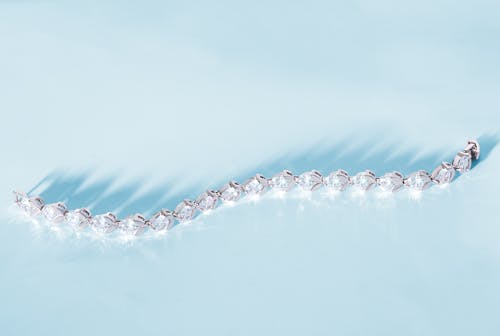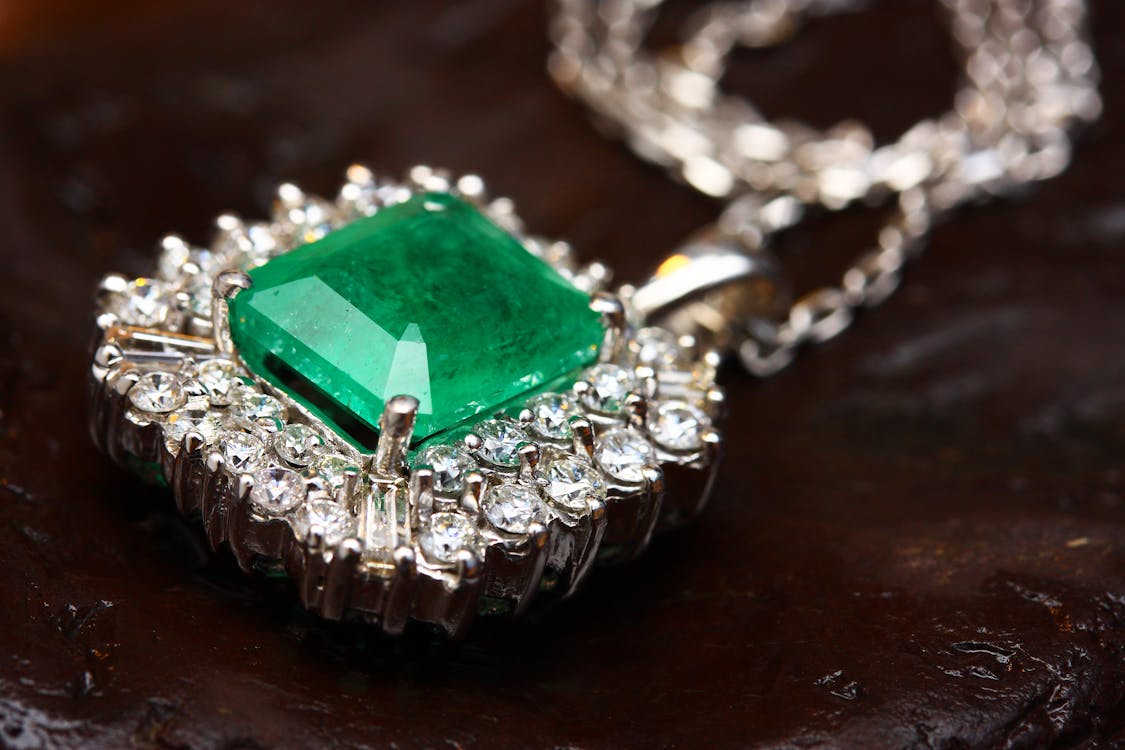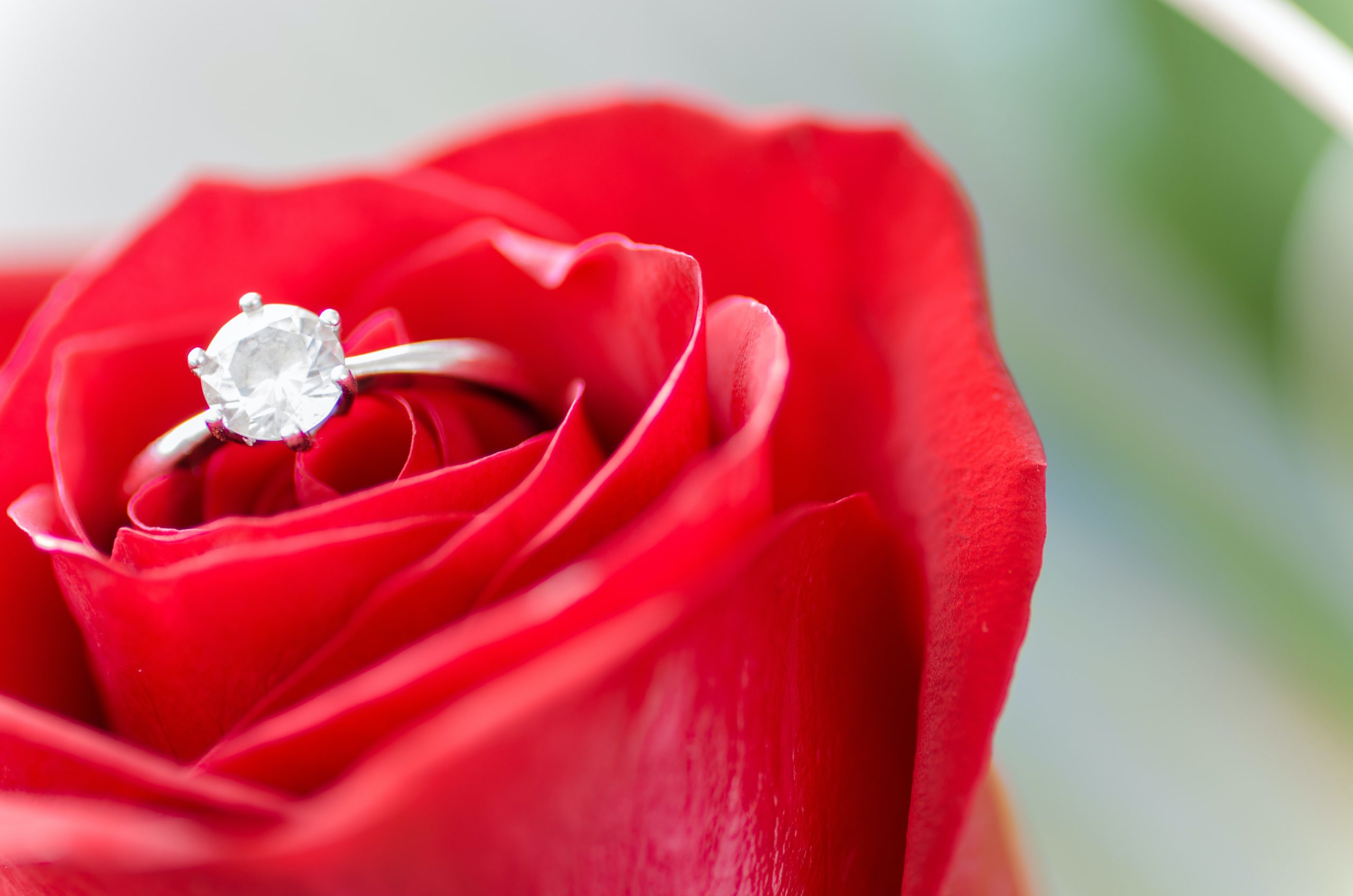Get more for your money with diamond accent jewelry
Chances are good that if you’re watching television, reading magazine ads, or wandering through jewelry stores, you’ve heard the terms diamond accent or accent diamonds. Some people believe that these are fake diamonds put in by jewelers to make a piece more expensive or special. While they are used to enhance other stones or create a look all on their own, there is much to know about them. Read on to learn more about these terms and what they mean.
Definition

Accent diamonds or diamond accents are small, real diamonds. They are cut more simply than their larger cousins and are usually not graded. The most common size is 0.10 carats in weight or less and rarely are they larger than 0.25. If you see or hear the term total carat weight? the jeweler is talking about the total of all the diamonds added up all the accent diamonds in addition to any larger diamond stones.
These diamonds are commonly found in rings, bracelets, earrings, pins, and other types of jewelry. They are commonly found as a side decoration to a larger stone (hence the term accent) and are used to increase the overall shine and brilliance of the piece.
Clarity, Cut, Color

Just like with larger diamonds, the four Cs of diamonds applies to these little stones. Because of the size, most accent diamonds are lower on the clarity scale. Think a grade of SI (slightly included) or I (included) here. What this means is that there are some imperfections in the stone. Because of their size, these imperfections are often invisible to the naked eye.
Standard cuts of diamond accents are baguettes, trillions of single cuts. These cuts have fewer facets than larger stones. For example, full-cut diamonds have 58 facets so they catch light from many angles. So single cut stones have 16, 18 facets. They still sparkle and shine, just not as much as the larger stones.
Accent diamonds are usually in the near-colorless grade completely colorless stones are rare but the overall color is still very good. Ideally, the color of the accent diamonds should match the color of the center diamond, if there is one. So, if the larger diamond is a G or H on the color scale, the accent diamonds should be the same.
Diamond Accent Jewelry

When you come across a piece of jewelry that is made up of many diamond accents, it is known as a pav. This term refers to a piece that looks like it has been paved with little diamond accents. This lets jewelers create exciting new looks that sparkle and shine with a reasonable price tag. Using the tiny accent diamonds let jewelers paint with stones. For instance, by selecting accents in yellows and browns, they can fashion a diamond bumblebee pin that will look like the real thing.
How to Buy Accent Diamond Jewelry
First and foremost, deal with a jeweler you can trust. From there, look for pieces that either match or come close to what you have in mind. Then ask questions. Be sure to inquire about the quality characteristics of the accent stones. Jewelers will often skip talking about them or give them very little attention unless you ask specifically.
Hold the piece to the light and look at it from every angle. Make sure it reflects the light and the colors look consistent throughout the piece. Gently rub the pad of your thumb or finger over the surface to check for any stones that might be loose. This is especially important if you’re looking at an older or antique setting.
If possible, ask to use a loupe (a jeweler’s magnifier) to get a closer look at all the diamonds. It’s amazing how much more you’ll be able to see and it’s a great way to compare the colors of the diamond accents. Often, you’ll be able to see subtle changes after you’ve put the loupe down. Make sure these normal variations don’t bother you, otherwise they will be the only thing you pay attention to in the piece.

